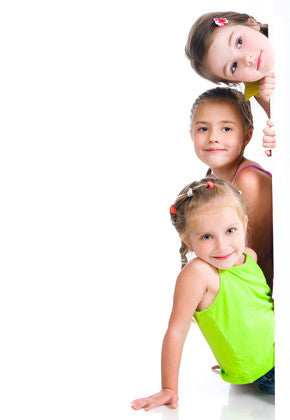Apr 04 , 2014
0 Comments
Why Real Photo Games for Early Childhood Education?
A growing trend in Early Childhood Education is the focus on using materials with real photo images rather than illustrations.
Teaching ideologies such as Montessori have long understood the importance of focusing on fact rather than fiction in the materials used for teaching young children. The closer the educational experiences are to real life, the easier it is for children to make the links and connections to their real world experiences, and to recognize and transfer the learning value when they later encounter the real thing in nature.
In Special Needs and Autism education the use of real pictures rather than drawings, clip art, or illustrations reduces confusion and helps students generalize the lessons to their environment. Research has actually demonstrated that many children with Autism respond better to real pictures than to line drawings (Willis 2009).
Multiple Intelligence Theories tell us that children learn and thrive in different ways. As some students are visual learners, the use of real photos becomes very important to support and enhance their learning experience.
The National Association for the Education of Young Children guidelines for developmentally appropriate practice suggest that, particularly for 3 – 4 year olds, the use of materials with real pictures, rather than illustrations, will spark a child’s interest in discovery and in learning more about the world around them.
Educational games that feature real photographs are a great way to expose young children to rich, educational content, while keeping them motivated and engaged with the game setting. Stages Learning Materials offers many fun, and easy to play games that feature real photographs across numerous engaging themes to capture a child’s attention and engage their minds.

